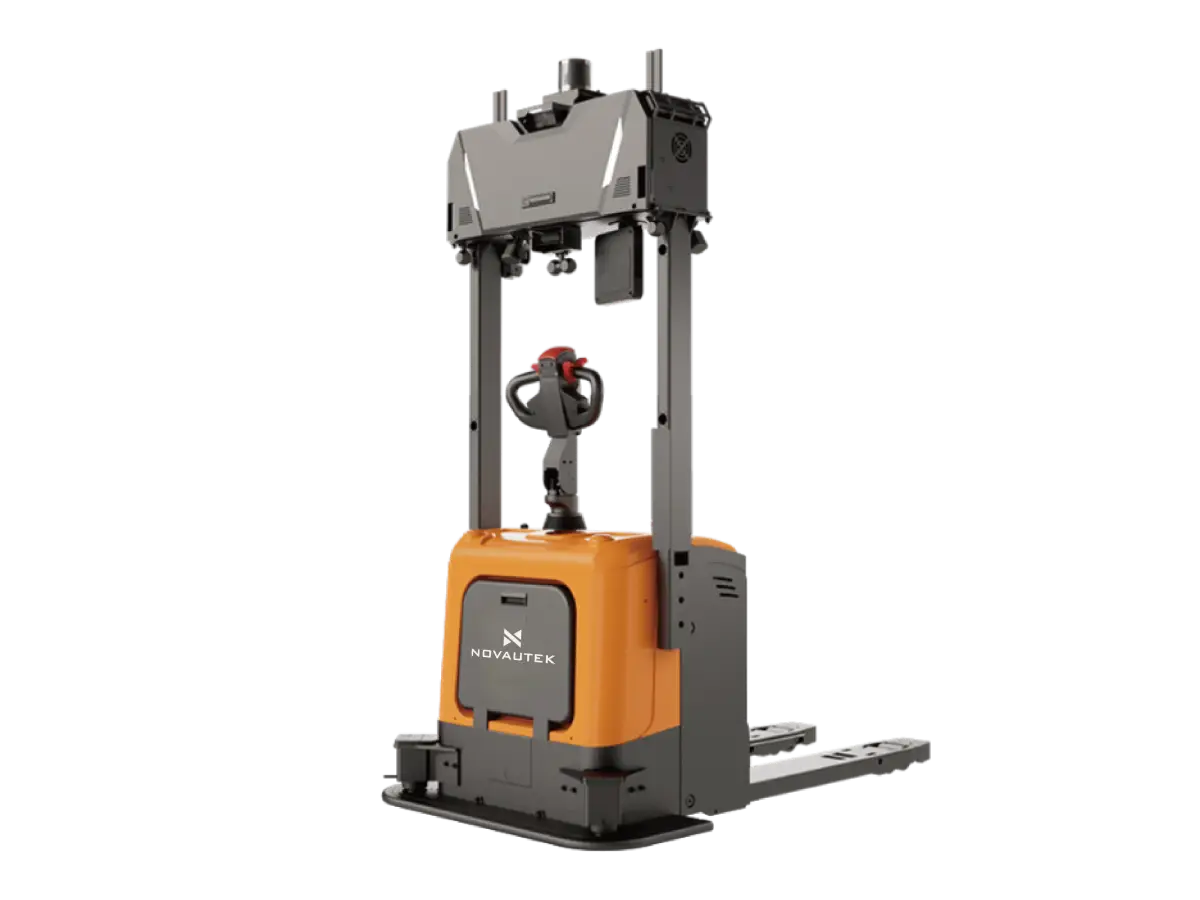Transforming Logistics Through Automated Innovation
The modern warehousing landscape is undergoing a remarkable transformation as robots in warehousing become increasingly prevalent across distribution centers worldwide. These technological marvels are revolutionizing how businesses handle inventory management, order fulfillment, and overall operational efficiency. The integration of robotics solutions has become a game-changer for companies seeking to stay competitive in today's fast-paced logistics environment.
As consumer demands for faster deliveries and accurate order processing continue to rise, warehouse operators are discovering that robotic systems offer unprecedented advantages in meeting these challenges. From autonomous mobile robots (AMRs) to robotic picking arms and automated storage and retrieval systems (AS/RS), the applications of robots in warehousing are diverse and growing rapidly.
Operational Excellence Through Robotic Integration
Enhanced Productivity and Speed
The implementation of robots in warehousing environments has demonstrated remarkable improvements in operational productivity. These automated systems can work continuously without fatigue, maintaining consistent performance levels throughout their operational hours. Unlike human workers who require regular breaks and shift changes, warehouse robots can operate 24/7, significantly increasing the facility's throughput capacity.
Modern robotic systems can process hundreds of orders simultaneously, moving at optimized speeds while maintaining precise accuracy. This enhanced productivity directly translates to faster order fulfillment times and improved customer satisfaction. For instance, automated guided vehicles (AGVs) can transport multiple pallets simultaneously, covering vast warehouse spaces efficiently and reducing the time needed for inventory movement.
Accuracy and Error Reduction
Human error in warehouse operations can lead to significant costs and customer dissatisfaction. Robots in warehousing excel at performing repetitive tasks with exceptional accuracy. Advanced vision systems and precise programming ensure that picking, packing, and sorting operations are executed with minimal errors.
The integration of artificial intelligence and machine learning allows these robotic systems to continuously improve their accuracy over time. They can identify and handle products of various sizes and shapes, ensuring proper placement and reducing damage during handling. This level of precision is particularly valuable in industries where order accuracy is critical, such as pharmaceuticals and electronics.

Cost-Effective Warehouse Management
Long-term Operating Cost Reduction
While the initial investment in warehouse robotics may seem substantial, the long-term financial benefits are compelling. Robots in warehousing significantly reduce labor-related costs, including wages, benefits, and training expenses. They also minimize the costs associated with human error, such as returns processing and inventory discrepancies.
These automated systems require minimal downtime for maintenance and can operate in various environmental conditions without additional compensation. The consistency in their performance helps in better resource planning and cost prediction, making it easier for businesses to manage their operational budgets effectively.
Space Optimization and Efficiency
Modern warehouse robots are designed to maximize space utilization through intelligent navigation and storage strategies. They can operate in narrow aisles and reach higher storage locations, allowing warehouses to increase their storage density without expanding their physical footprint.
Advanced robots in warehousing can adapt to dynamic storage configurations, enabling flexible space utilization based on seasonal demands or changing inventory patterns. This adaptability ensures optimal use of warehouse real estate, potentially reducing the need for facility expansion or additional storage locations.
Safety and Workplace Enhancement
Improved Worker Safety
Warehouse operations often involve potentially hazardous tasks such as lifting heavy loads or working at heights. Robots in warehousing can handle these dangerous activities, significantly reducing the risk of workplace injuries. This not only protects employees but also reduces insurance costs and potential liability issues.
Modern robotic systems are equipped with sophisticated safety features, including collision detection and emergency stop mechanisms. They can work alongside human workers in collaborative environments while maintaining strict safety protocols, creating a more secure workplace for everyone involved.
Enhanced Employee Satisfaction
Contrary to common concerns about job displacement, the integration of robots in warehousing often leads to improved job satisfaction among human workers. Employees can focus on more strategic and fulfilling tasks while robots handle repetitive and physically demanding activities.
This technological advancement creates new opportunities for workforce development, as employees can be trained to operate and maintain robotic systems. The result is a more skilled workforce capable of managing advanced warehouse operations, leading to better career prospects and job satisfaction.
Environmental and Sustainability Benefits
Reduced Energy Consumption
Modern warehouse robots are designed with energy efficiency in mind. They optimize their movements to minimize power consumption while maintaining high productivity levels. Many systems can automatically enter power-saving modes during low-activity periods, further reducing energy usage.
The precision of robots in warehousing also leads to more efficient use of lighting and climate control systems, as these can be adjusted based on actual operational needs rather than maintaining constant levels throughout the facility.
Waste Reduction and Sustainability
Automated systems contribute to sustainability efforts by minimizing packaging waste through precise material handling and optimal space utilization. They can also help reduce transportation emissions by optimizing internal warehouse movements and improving loading efficiency.
The accuracy of robotic systems in inventory management helps prevent overstock situations and reduces product damage, leading to less waste and more sustainable operations overall.
Frequently Asked Questions
How long does it take to implement robots in a warehouse?
The implementation timeline varies depending on the complexity of the system and the size of the warehouse. Typically, basic robotic solutions can be operational within 3-6 months, while more complex, fully integrated systems may take 9-12 months to implement fully.
What types of warehouses benefit most from robotics?
While robots can benefit various warehouse operations, facilities with high-volume order processing, complex picking requirements, or those handling standardized products tend to see the most significant improvements. E-commerce fulfillment centers and distribution warehouses often experience the highest return on investment.
How do warehouse robots handle varying product sizes and weights?
Modern warehouse robots utilize advanced sensors and artificial intelligence to adapt to different product characteristics. They can be programmed to handle various items within their design specifications, and many systems can automatically adjust their handling approach based on the specific requirements of each product.

